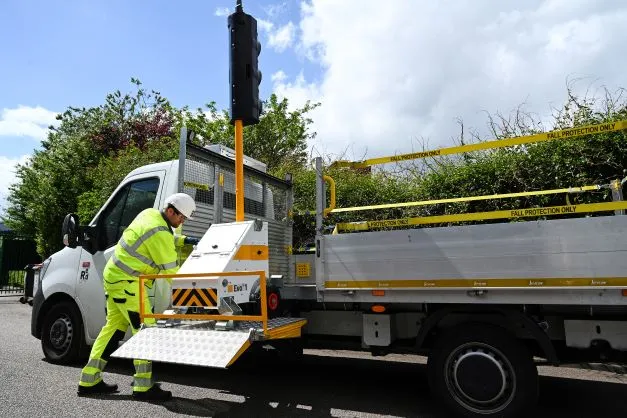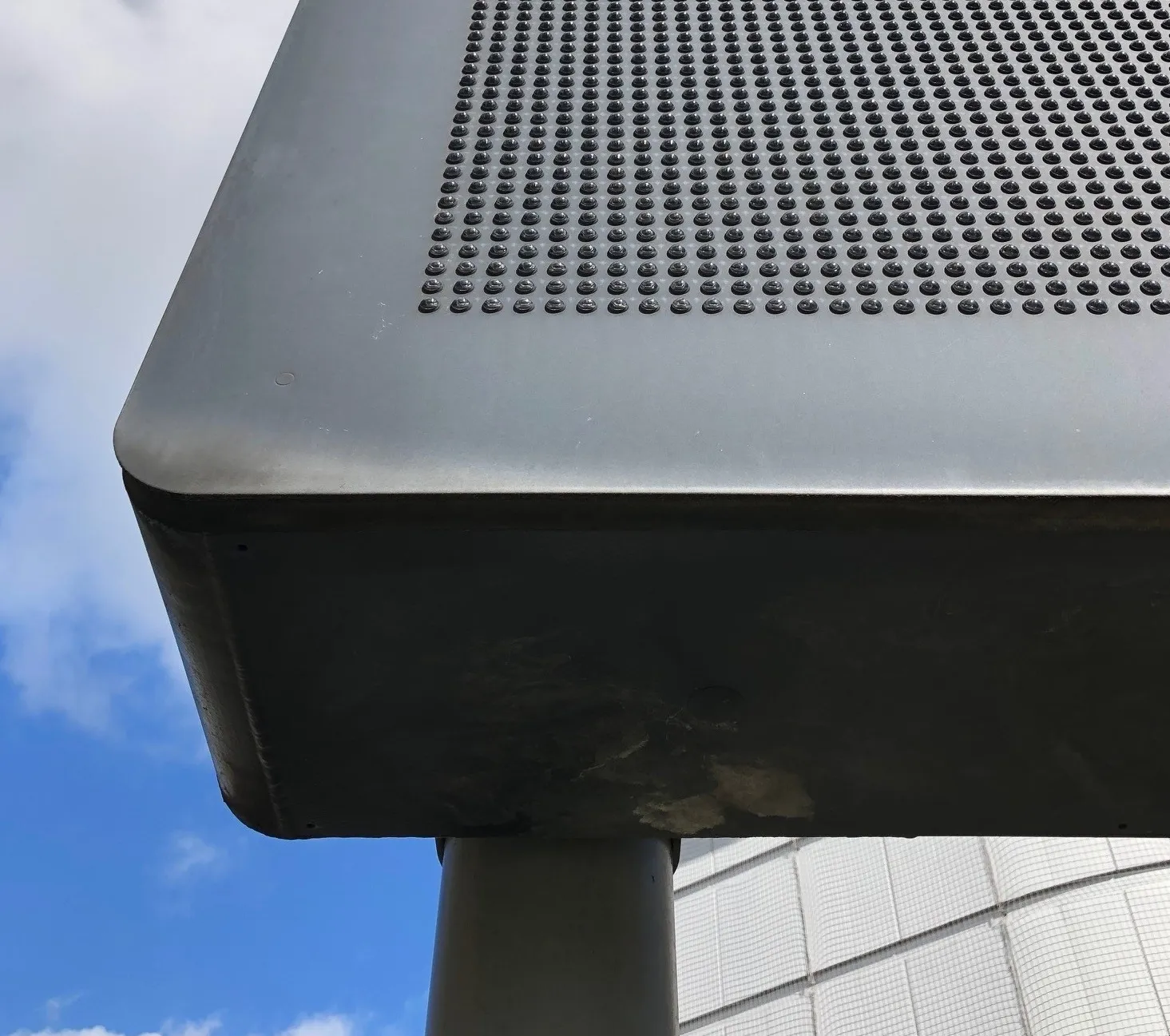Five prism signs have been installed Swarco Traffic to manage traffic control approaching an Enforcement Checksite operated by the Driver & Vehicle Standards Agency (DVSA) on the M74 motorway in Scotland. The signs have been installed at strategic points along the M74 by Beattock Summit to guide heavy vehicles into the nearside lane and direct selected vehicles into the weighbridge and inspection area.
The signs feature a combination of control solutions with urban traffic management and control (UTMC)
May 20, 2015
Read time: 2 mins
Five prism signs have been installed 129 Swarco Traffic to manage traffic control approaching an Enforcement Checksite operated by the Driver & Vehicle Standards Agency (DVSA) on the M74 motorway in Scotland. The signs have been installed at strategic points along the M74 by Beattock Summit to guide heavy vehicles into the nearside lane and direct selected vehicles into the weighbridge and inspection area.
The signs feature a combination of control solutions with urban traffic management and control (UTMC) and503 Highways Agency Standard interfaces. This provides the DVSA with the ability to control, monitor and provide status reporting including prism status, power failure, heater failure, communications failure and local control override. The signs can also be operated directly from a police control point.
Additional controllers and temperature sensors can also be included, including a de-icing cycle which can be programmed to come into operation in temperatures below two degrees centigrade. The prisms are automatically rotated by approximately 10 degrees in a forward and reverse direction at pre-determined times, thus preventing the build up of ice across the prisms.
A particular innovation is the use of a sinusoidal drive: it starts with a high torque, increases its speed during the turning process, and then slows down at the end to ensure an exact prism alignment. The drive then locks the prisms to protect them from external influences such as wind.
Derek Williamson, head of Sales for Swarco Traffic, says that this innovative drive technology has multiple benefits: “Not only does it help prevent the signs from being frozen in position – a viable hazard given the location – but it also significantly reduces mechanical wear and tear and maximises the sign’s life cycle.”
The local DVSA contracts manager is pleased with the outcome: “The new prism sign installation has so far proven very reliable,” she says, “and we will also be working with Swarco in ensuring the ongoing service and maintenance of the systems installed on what is one of the busiest routes into Scotland.”
The signs feature a combination of control solutions with urban traffic management and control (UTMC) and
Additional controllers and temperature sensors can also be included, including a de-icing cycle which can be programmed to come into operation in temperatures below two degrees centigrade. The prisms are automatically rotated by approximately 10 degrees in a forward and reverse direction at pre-determined times, thus preventing the build up of ice across the prisms.
A particular innovation is the use of a sinusoidal drive: it starts with a high torque, increases its speed during the turning process, and then slows down at the end to ensure an exact prism alignment. The drive then locks the prisms to protect them from external influences such as wind.
Derek Williamson, head of Sales for Swarco Traffic, says that this innovative drive technology has multiple benefits: “Not only does it help prevent the signs from being frozen in position – a viable hazard given the location – but it also significantly reduces mechanical wear and tear and maximises the sign’s life cycle.”
The local DVSA contracts manager is pleased with the outcome: “The new prism sign installation has so far proven very reliable,” she says, “and we will also be working with Swarco in ensuring the ongoing service and maintenance of the systems installed on what is one of the busiest routes into Scotland.”










